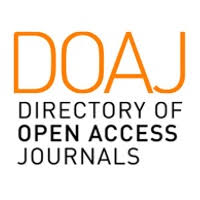Croatia's Potential for Polycentric Development
Abstract
The purpose of this paper is to analyse Croatia's potential to integrate the concept of polycentric development – an even development of equally spaced urban centres which also aims at lessening regional disparities – into its regional development policy. By applying the polycentricity index to the Croatian data, following Meijers and Sandberg's methodological approach (2006), Croatia is found to be moderately polycentric. However, the rank-size distribution indicates that Zagreb is too large, whereas the larger cities that follow Zagreb are insufficiently large. When using NUTS level 2 data, regional disparities in Croatia are at the level of the European Union, but when county data are used, the level of disparities increase. This indicates that polycentricity has not fully been exploited in terms of connectivity and cooperation of cities. A cross-section analysis of regional disparities in Croatia has confirmed that more successful counties have higher proportions of a workforce with higher educational attainment. Urban impact and openness to international trade appear relevant when the variable "workforce with higher educational attainment" is omitted; therefore, better performing counties have higher shares of population in their urban centres and are more open to international trade.
Keywords
polycentricity; regional development; cross-section analysis; Croatia
Full Text:
PDFViewing Statistics
- Abstract - 231
- PDF - 75
Copyright (c) 2017

This work is licensed under a Creative Commons Attribution-NonCommercial-NoDerivatives 4.0 International License.
Međunarodna licenca/ International License:
Imenovanje-Nekomercijalno/Attribution-NonCommercial
Pogledajte licencu/View license deeds
Print ISSN 1330-0288 | Online ISSN 1848-6096



